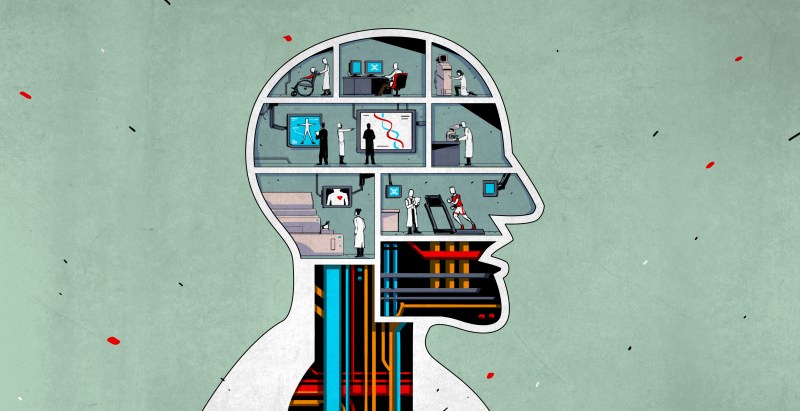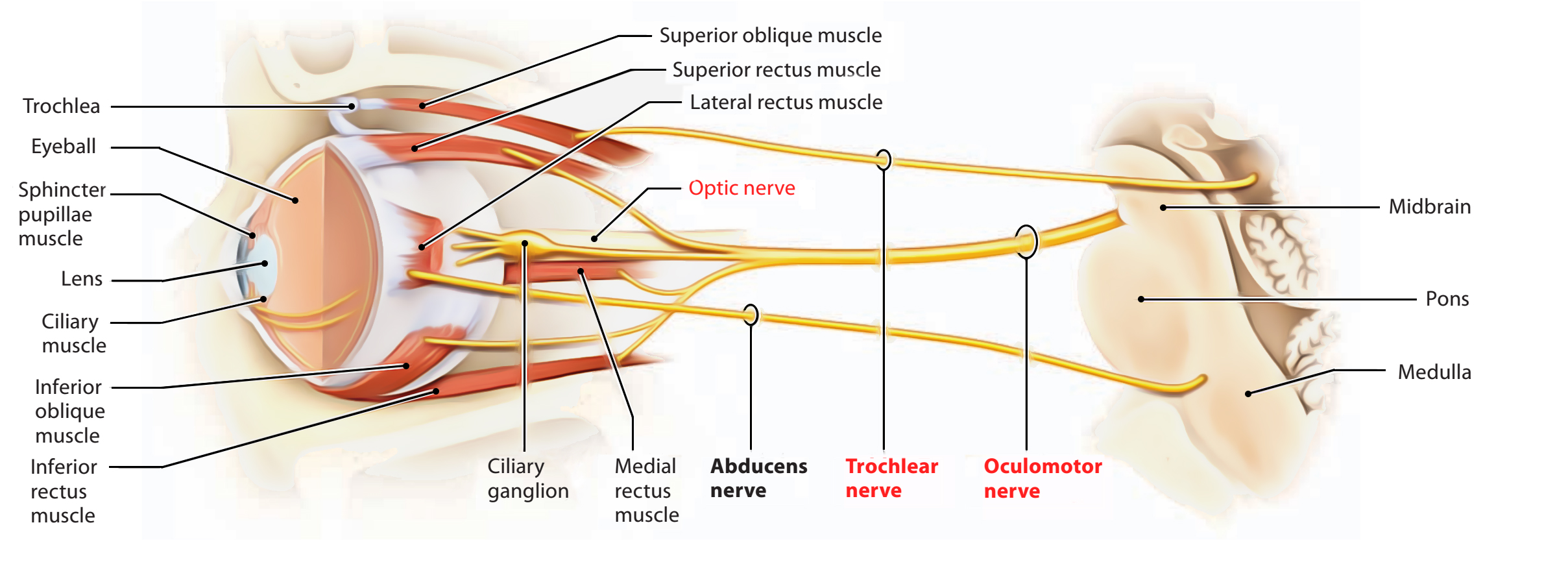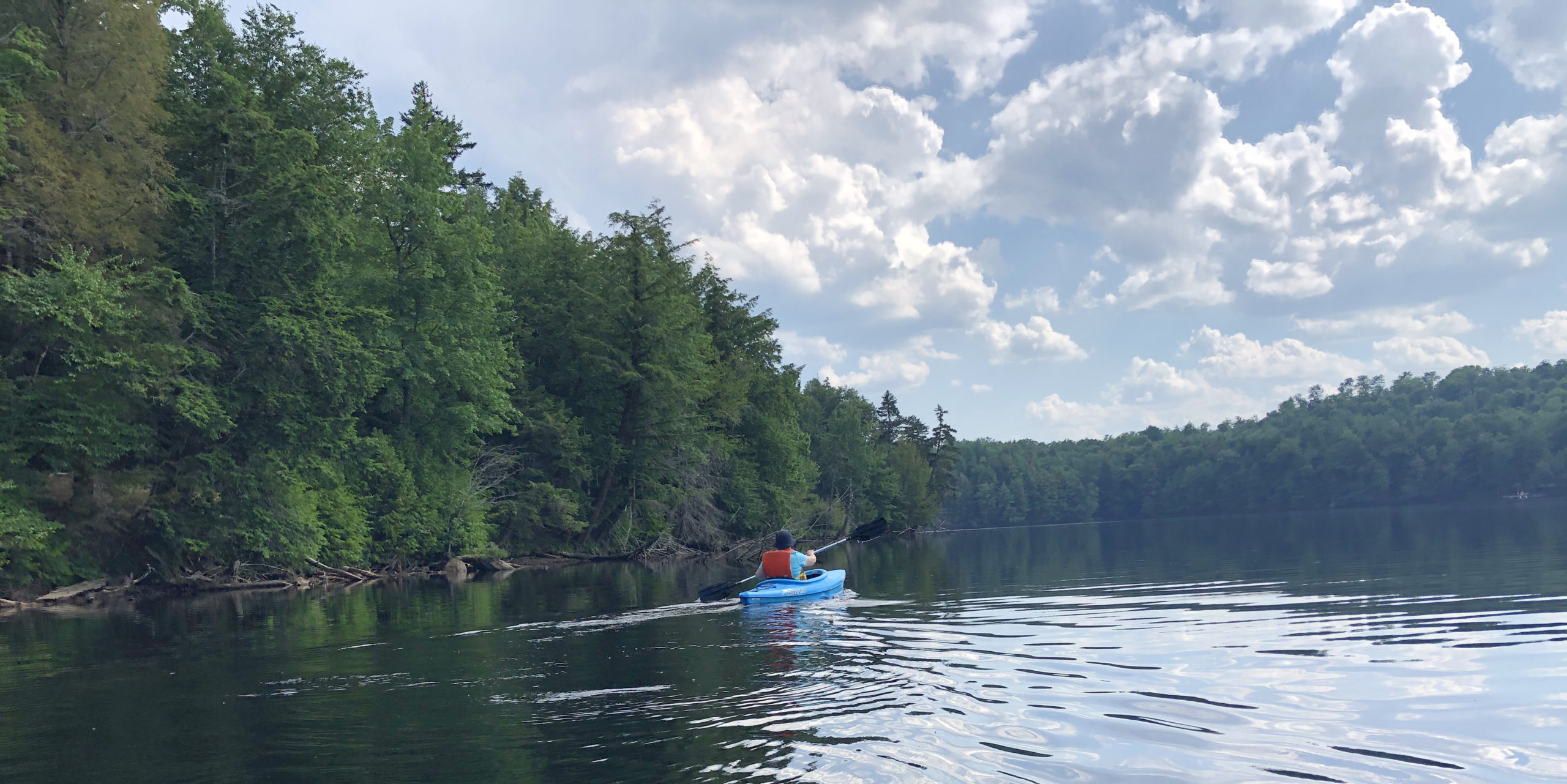† Before I get into the core of this newsletter, two things. Last Mastermind Group for Embodiment Educators filling up: Are you or someone you know an embodiment practitioner looking for skilled and targeted guidance for building their business?...
†

Before I get into the core of this newsletter, two things.
Last Mastermind Group for Embodiment Educators filling up: Are you or someone you know an embodiment practitioner looking for skilled and targeted guidance for building their business? Iím opening a new Mastermind Group and still have 6 spots left. The early bird special ends September 13, so book an interview ASAP to see if you are a good fit.† † † † † † † † † † † † † † † † † † † † † † † † † † † † † † † † † † † † † † † † † † † † † † † † † † † † † † † † † † † † † † † † † † † † † † † † † † † † † † † † † † † † Are you a teacher stressed about whatís going on with the Delta COVID variant and figuring out how we will navigate our in-person classes this fall? Iím no longer reading popular news outlets to get information, because itís often just unclear clickbait and burns out my poor adrenals. Instead, I highly recommend this podcast and webpage as a source. It is heartfelt, based in science rather than politics, and calms me down with real information. Take good care of yourself out there dear ones.† † † † † † † † † † † † † † † † †††
You know how hard it is sometimes to get your body up off the couch, or away from your computer, and take that break that you intellectually know you need? I donít know about you, but on Monday Iím often much better at taking breaks than I am by the time Friday rolls around. Why is that?
I am not prone to depression but by Friday, I notice a marked difference in my state of mind and spirit. I have more anxiety and Iím less positive. Thatís because my nervous system is trying to balance itself. I often think rest is the answer, but research is showing it takes more than that to break the cycle of dopamine hits (pleasure highs) and painful lows that follow.
Our brain loves dopamine, and it wants more and more of it. Computers in general and many apps that we use are designed to flood our brain with it, and this tips us over an edge that it is very hard to pull back from. Itís called pain/pleasure balance, and you can stop beating yourself up about it (if you have been!) and give your incredible nervous system and body some TLC instead. Youíll need to increase your ability to sit with the discomfort of not focusing on your devices.
Conscious embodiment practices give you a different kind of pleasure, something pro-active you can do for yourself that is in harmony with the way your nervous system works and will help you re-set brain chemistry and emotional balance. Subtle, gentle sensation is the medicine your body needs, and itís totally free, with no side effects! You may have your own native ways of doing this Ė by all means, do them! But if you need some extra help, something specific that you can do for yourself, Cranial Nerve Sequencing can help.
A small sensation, fleeting as it may be, can infuse our entire being with delight. The color of the sun seen through your eyelid, the wind on your skin, the beating of your heart or the sound of a bird, the feeling of your bare feet on the ground. These things remind us that we are one with whatever we focus on. The natural world gives us the feedback we have evolved to thrive on, unlike computers.
I mean, have you ever felt burnt out and upset after going for a walk? In real life, we canít always get outside for a walk, unfortunately. In my practice, Iíve discovered that focusing on specific parts of yourself and taking just a few moments to feel your body is magic if you do it in the right spirit. Playful, lighthearted, not too serious. It works best if done just for the pleasure of it. Self improvement as an attitude tends to bring me down!
What follows are short practices that you can use to re-set your pleasure/pain balance. This is a re-cap of each cranial nerve weíve covered so far. Each practice takes less than 5 minutes. Try not to take it too seriouslyÖ
Begin standing or sitting upright:† † † † † † † † † † † † † † † † † † † † † † † † †
Nerve 0: Vomeronasal organ (vestigial, may sense hormones in the air), 2 steps
1) Bring awareness to the volume of your left nostril, feel the motion of cool air coming in and warm air going out. Let this nostril lead you on a short, curious walk around your space, as if it had a mind of its own. Whatever this organ may or may not perceive, itís a mystery! It is experienced below the level of consciousness, so you can just enjoy the mystery of it.
2) Bring awareness to the volume of your right nostril, feel the motion of cool air coming in and warm air going out. Let this nostril lead you on a short, curious walk around your space.
(Go HERE for the original video and blog post)
†
Nerve 1: Olfactory (sensory only, reception of smell molecules in the air), 5 steps
1) Touch the dip in the bridge of your nose (the ethmoid bone) gently, easing the skin and tissue between your eyes and feeling the shape of the bone under your fingers. It forms the inside edge of both eye sockets.
2) Bring awareness to the distance between your eyes (after you take your hand away).
3) Bring awareness to the spatial location of the ethmoid bone and olfactory nerve lightly above the level of your eye sockets. (See link to blog post below link for visuals.)
4) Bring awareness to the motion of cool air coming in and warm air going out in this higher space.
5) Take a short smell walk around your space. Notice the difference between how the air smells, and how different objects or plants smell when you place your nose near them. The subtlety of smell is mind boggling and beyond words!
(Go HERE for the original video and blog post)
Nerve 2: Optic (sensory only, reception of light on the retina of your eye), 4 steps
1) Stand with your head balanced over your feet, heels together, toes slightly apart. Close your eyes. What colors and shadows do you see through your closed eye lid?
2) Ease your eyes. Let go of tension around the organ of your eye and see how it affects your balance with your eyes still closed.
3) Locate the ground & center yourself with your easy eyes closed. Your body knows just how to balance your head over your body, over your feet, over the earth, without you having to see where you are.
4) With your eyes still closed, slowly let the weight of your head go forward and hang down towards the floor. Stop anytime you like and invite more ease around your closed eye sockets as the relationship of your skull to the ground changes. Slowly roll back up. When you open your eyes, see if you can allow your peripheral visual field to be as open as possible instead of focusing in on one thing.
Go HERE for the original video and blog post.
The only risk you run is that as you practice more regularly, your body will be less and less likely to allow you to stay on the computer for too long. It will raise the alarm bells sooner, and you will know just what to do in response.
Interested in exploring the full cranial nerve sequence with guidance and support? Go HERE to find out more.














